Blog
Exploring the Benefits of Fiberglass Windows for Energy Efficiency and Sustainability in Modern Homes
As modern homeowners increasingly prioritize energy efficiency and sustainability, the choice of window material plays a significant role in influencing overall home performance. Among various options, fiberglass windows have emerged as a leading contender, offering remarkable insulation properties and durability. According to a study by the Department of Energy, homes equipped with high-performance windows, including fiberglass models, can save up to 30% on energy costs annually. This not only benefits the environment by reducing carbon footprint but also provides substantial savings for homeowners.
Industry expert Dr. Emily Larson, a leading authority on sustainable building materials, emphasizes the impact of fiberglass windows on energy efficiency. She famously stated, “Fiberglass windows are not just an aesthetic choice; they are a critical component in building sustainable homes for the future.” With their superior thermal resistance and low maintenance requirements, fiberglass windows represent a blend of functionality and eco-friendliness, making them an excellent investment for contemporary dwellings.
In this article, we will delve into the top 10 benefits of fiberglass windows, shedding light on how they contribute to energy efficiency and sustainable living in modern homes. By exploring their long-term advantages, we aim to equip homeowners with the knowledge needed to make informed decisions in the pursuit of a greener lifestyle.
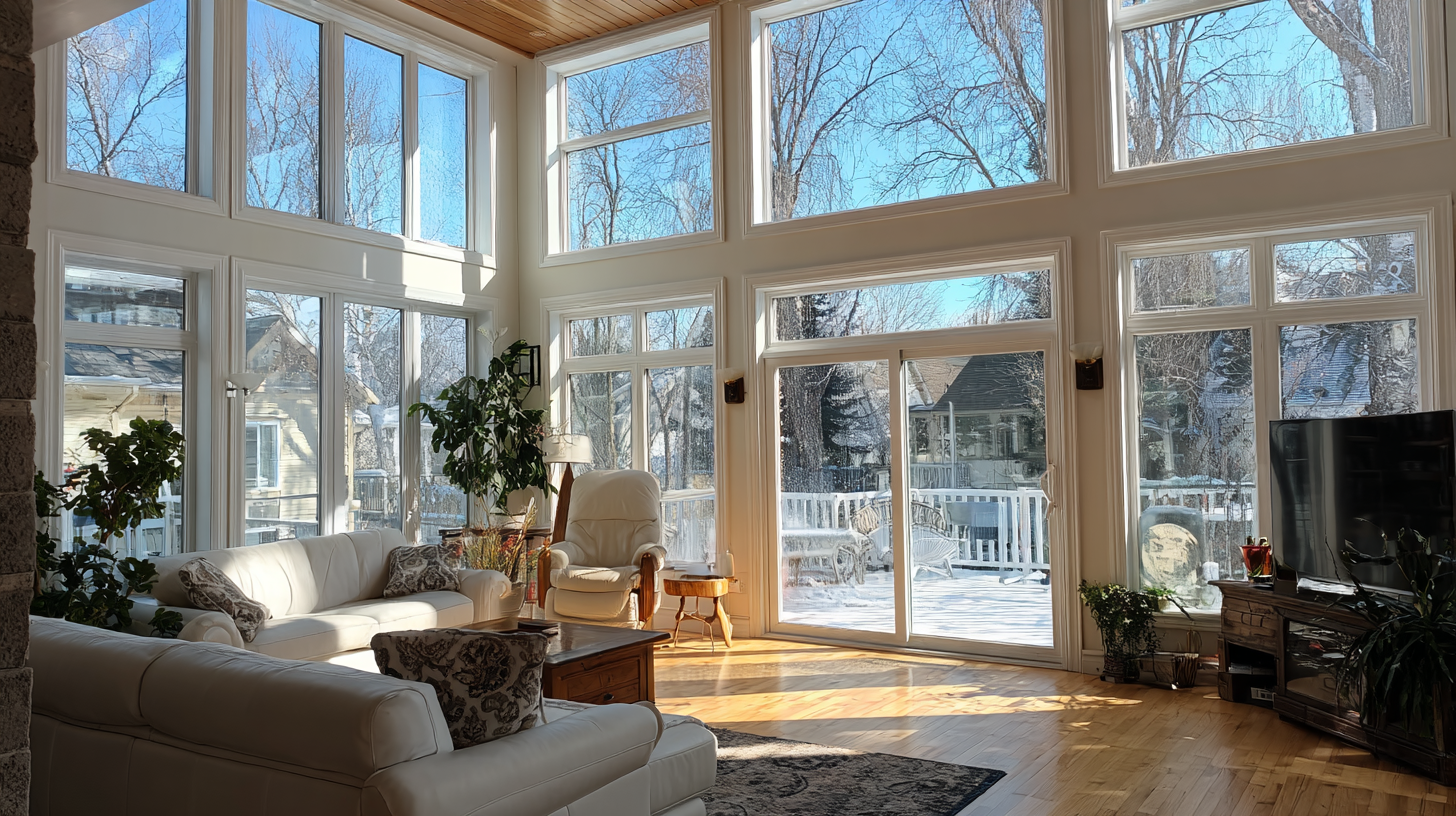
Understanding Fiberglass Windows: Features That Enhance Energy Efficiency
Fiberglass windows are quickly becoming a top choice for homeowners seeking to enhance energy efficiency and promote sustainability. One of their standout features is their superior insulation properties compared to traditional materials like wood and vinyl. The inherent thermal resistance of fiberglass minimizes heat transfer, keeping homes cooler in summer and warmer in winter. This translates into reduced energy consumption for heating and cooling, ultimately lowering utility bills while also contributing to a smaller carbon footprint.
Additionally, fiberglass windows are exceptionally durable and resistant to warping, cracking, and fading, which means they maintain their energy efficiency over time without the need for frequent replacements. This longevity not only contributes to sustainability by reducing waste but also provides homeowners with peace of mind knowing that their investment will last for many years. Furthermore, many fiberglass windows incorporate advanced technologies such as low-emissivity (Low-E) coatings that reflect heat while allowing natural light to enter, further enhancing their energy efficiency and making them an ideal choice for the environmentally conscious modern home.
Exploring the Benefits of Fiberglass Windows for Energy Efficiency and Sustainability in Modern Homes
| Feature | Description | Energy Efficiency Benefit | Sustainability Aspect |
|---|---|---|---|
| Insulation | Fiberglass windows provide excellent insulation properties, minimizing heat transfer. | Reduces energy demand for heating and cooling. | Lower carbon footprint due to reduced energy consumption. |
| Durability | Resistant to warping, cracking, and fading. | Longer lifespan means fewer replacements and less waste. | Sustainable resource usage through longevity. |
| Low Maintenance | Require minimal upkeep compared to wood or vinyl. | Reduces resource waste on maintenance supplies. | Promotes sustainability by reducing material use over time. |
| Sound Insulation | Effective at reducing outside noise pollution. | Improves internal comfort, reducing reliance on air conditioning. | Enhances quality of life in urban settings sustainably. |
| Recyclability | Fiberglass can often be recycled, reducing landfill waste. | Less demand for new materials through recycling efforts. | Encourages a circular economy in the building sector. |
Comparing Fiberglass Windows to Traditional Materials for Sustainability
When it comes to sustainability in modern home construction, fiberglass windows stand out as a superior choice compared to traditional materials like wood and vinyl. Fiberglass is an environmentally friendly option that provides exceptional insulation, reducing energy consumption and lowering utility bills. Unlike wood, which requires significant resources to harvest and process, fiberglass is manufactured from recycled materials and can also be recycled at the end of its life cycle. This closed-loop cycle minimizes waste and the demand for new raw materials, making fiberglass windows a more sustainable choice for eco-conscious homeowners.
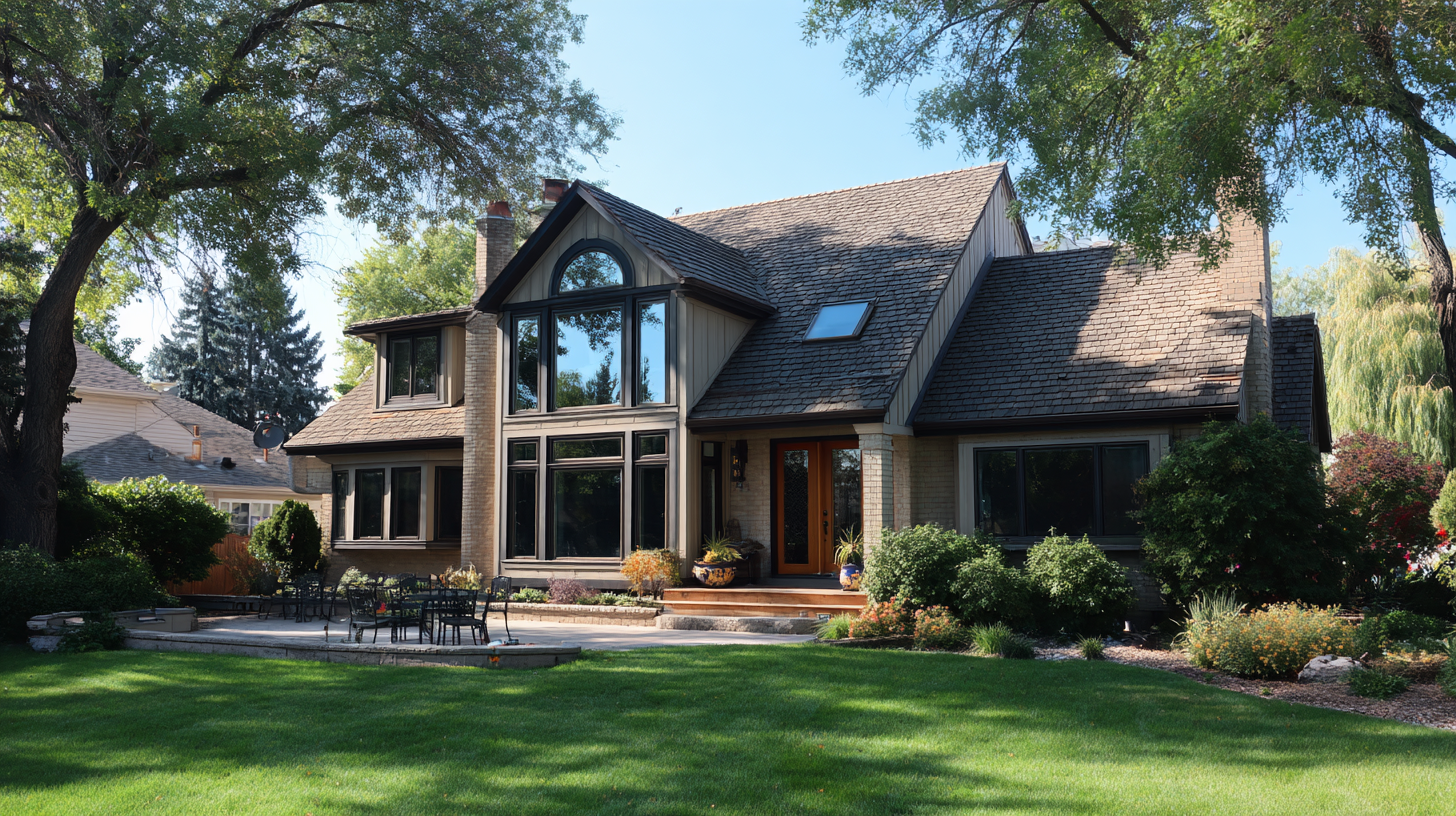
In addition to their recycled content, fiberglass windows outperform traditional materials in durability and long-term performance. Wood windows often require chemical treatments and regular maintenance to combat weather-related deterioration, while vinyl can warp and fade over time. Fiberglass, on the other hand, is resistant to extreme weather conditions and does not expand or contract like wood or vinyl, ensuring a consistent seal and contributing to energy efficiency. This resilience not only enhances the longevity of the product but also reduces the need for replacements, further promoting sustainability in home design. As more homeowners seek to balance aesthetics with environmental responsibility, fiberglass windows emerge as a compelling solution that addresses both needs effectively.
Installation Tips for Maximizing the Energy Efficiency of Fiberglass Windows
 When installing fiberglass windows, proper preparation is key to maximizing their energy efficiency. Start by measuring the window openings accurately to ensure a snug fit. This reduces the chances of air leaks, which can undermine the insulation properties of the fiberglass. Next, choose high-quality caulking and insulation materials designed specifically for fiberglass installations. These materials will enhance the thermal performance of your windows, helping to maintain a stable indoor temperature.
When installing fiberglass windows, proper preparation is key to maximizing their energy efficiency. Start by measuring the window openings accurately to ensure a snug fit. This reduces the chances of air leaks, which can undermine the insulation properties of the fiberglass. Next, choose high-quality caulking and insulation materials designed specifically for fiberglass installations. These materials will enhance the thermal performance of your windows, helping to maintain a stable indoor temperature.
During the installation process, pay close attention to the flashing around the windows. Properly installed flashing can prevent water infiltration, further protecting the energy efficiency of your home. Additionally, opt for triple-pane glass units, which offer superior insulation compared to standard double-pane options. Ensure that the windows are installed with a slight tilt to the exterior, allowing for effective drainage of any rain or condensation that may accumulate. Following these tips will not only improve the energy efficiency of fiberglass windows but also contribute to the overall sustainability of your home.
Maintenance Practices for Longevity and Performance of Fiberglass Windows
Fiberglass windows have gained traction for their impressive energy efficiency and sustainability, especially in modern homes facing challenging climate conditions. However, to ensure optimal performance and longevity, proper maintenance practices are essential. Regular inspection and cleaning can prevent buildup that typically degrades window seals and frames. According to the U.S. Department of Energy, maintaining well-sealed windows can reduce energy costs by up to 15%, underscoring the importance of proper care and maintenance.
To maximize the advantages of fiberglass windows, homeowners should perform routine checks for cracks and ensure seals are intact. Utilizing gentle cleaning solutions helps preserve the integrity of the materials. The National Association of Home Builders reports that well-maintained windows can last over 30 years, making it critical for homeowners to adopt a proactive maintenance approach. These practices not only enhance the lifespan and performance of fiberglass windows but also contribute to the overall energy efficiency of the home, resulting in significant long-term savings and a reduced carbon footprint.
Financial Benefits: Cost Savings Through Energy Efficient Fiberglass Windows
Energy-efficient fiberglass windows offer significant financial advantages for homeowners, especially in a market increasingly focused on sustainability. According to recent data, replacing traditional windows with Energy Star-certified fiberglass options can result in substantial energy savings, potentially lowering monthly utility bills by 15% to 30%. This transition not only enhances overall home comfort but also contributes to a more eco-friendly living environment, aligning with the growing trend towards sustainable homes that has moved from niche to mainstream.
Moreover, investing in fiberglass windows can yield impressive returns when it comes time to sell. Reports indicate that homeowners can expect to recoup approximately 70% to 80% of their window replacement costs in increased home value. With the home insulation market projecting significant growth, particularly for fiberglass solutions, it’s clear that these windows are not merely a stylish choice but also a financially sound investment in energy efficiency and sustainability for modern homes. The advantages of making such updates are further supported by tax credits and incentives available for energy-efficient home improvements, making these upgrades even more appealing from a financial perspective.
Related Posts
-
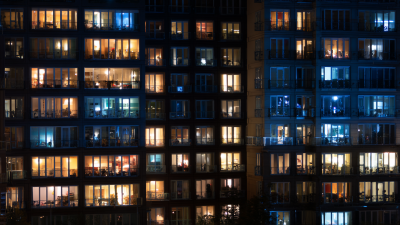
Exploring the Benefits of Double Glazed Windows: Energy Efficiency and Noise Reduction Explained
-
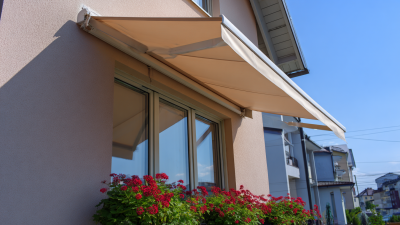
The Ultimate Guide to Choosing Awning Windows for Modern Homes
-

The Ultimate Guide to Choosing the Best Double Hung Window for Your Home
-

Transform Your Home's Aesthetic: Innovative Exterior Windows to Elevate Curb Appeal
-
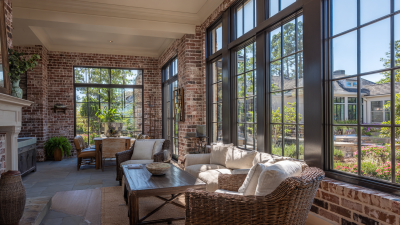
Exploring the Benefits of Energy Efficient Residential Windows in Modern Homes
-
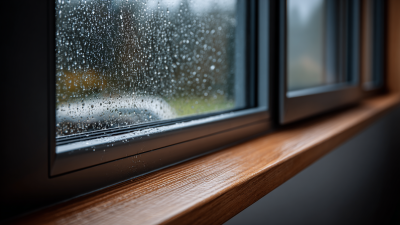
Exploring the Best Window Parts to Enhance Energy Efficiency in Your Home
